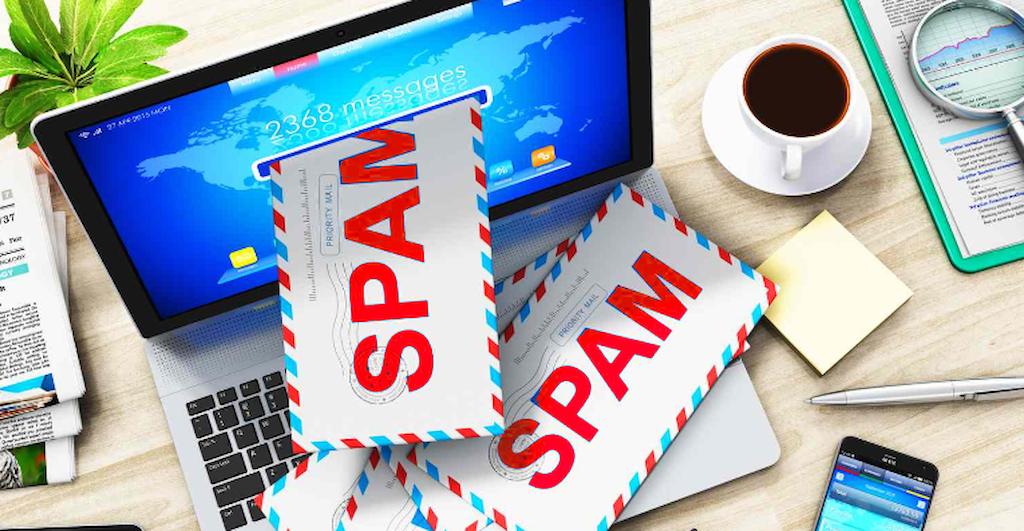Why Mass Emails via Gmail and Yahoo Ending Up in Spam Folders? Here’s the Solution!
Sending mass emails via Gmail, Yahoo, Hotmail and other FREE Email Accounts might seem like an easy solution for businesses or individuals trying to reach many people at once. However, it often leads to emails landing in recipients’ spam folders, reducing the effectiveness of your campaign. Below are the primary reasons why this happens, along with useful strategies to avoid it.
1. Gmail, Yahoo and Hotmail Are Not Built for Mass Emailing
Gmail is designed for personal use, not for sending bulk emails. When Gmail detects an unusual volume of outgoing messages, it assumes this is spammy behavior, regardless of the content’s legitimacy. Gmail’s terms of service prohibit using their platform for unsolicited bulk emails, and it will flag suspicious accounts or block them altogether if high volumes of emails are sent in a short period.
Relevant Link: Gmail Program Guidelines and Policies
2. Strict Sending Limits
Gmail imposes daily sending limits to prevent abuse by spammers. Free Gmail accounts are restricted to 500 emails per day, while Google Workspace (formerly G Suite) accounts have a limit of 2,000 emails. If you exceed this limit, Gmail will temporarily block your account from sending more emails, and it can cause your emails to be automatically marked as spam.
Even if you send fewer emails but do so too rapidly, it can trigger the same anti-spam mechanisms. Bulk emailing services typically stagger or throttle the delivery of large email volumes, but Gmail doesn’t have this functionality, increasing the risk of being flagged.
Relevant Link: Gmail Sending Limits
3. Poor Email Authentication
Professional email marketing tools use email authentication protocols such as SPF (Sender Policy Framework), DKIM (DomainKeys Identified Mail), and DMARC (Domain-based Message Authentication, Reporting & Conformance). These authentication mechanisms help email clients verify that the email actually comes from a trusted source and helps the senders to avoid the SPAM folder. To use those authentications you need to own a domain
When you send emails via Gmail, they may lack these authentication protocols. As a result, many email providers are likely to treat your messages as untrustworthy, causing them to land in the spam folder.
Relevant Link: Introduction to Email Authentication

4. Shared IP Address
When using Gmail, your emails are sent through shared IP addresses used by millions of other users. If others using the same IP address engage in spammy activities, your emails might also be marked as spam by association. This is known as “IP reputation.” In contrast, professional email services often provide dedicated IPs or well-maintained shared IPs with positive reputations, which improve deliverability.
Relevant Link: Understanding IP Reputation
A word from our sponsor:
5. Content and Formatting Issues
Gmail’s spam filters scrutinize email content for certain “spammy” characteristics. Emails with certain phrases like “Free,” “Act Now,” or “Limited Time Offer” in the subject line or body can trigger spam filters. Emails that contain too many images, large attachments, or an imbalance between image and text ratios also tend to raise red flags.
Furthermore, if your emails contain links to low-quality websites or URLs with bad reputations, Gmail will flag them as spam.
Relevant Link: How Gmail Filters Spam
6. Lack of Opt-In Consent and Unsubscribes
Sending unsolicited emails can also cause your Gmail account to be flagged as spam. Without proper opt-in consent from recipients, sending mass emails could lead to a high number of spam reports, which will damage your sender reputation. Failing to include an unsubscribe link in your emails is another red flag for Gmail, as it violates spam regulations.
Professional email marketing platforms ensure that subscribers have explicitly opted in and provide easy mechanisms for opting out, which helps maintain a good sender reputation.
Relevant Link: CAN-SPAM Act Compliance
7. Spam Reports from Recipients
If recipients frequently mark your emails as spam, Gmail’s algorithms will automatically direct future messages from your account to the spam folder for all recipients. Even a few spam reports can damage your sender reputation significantly. This is particularly a risk when sending unsolicited emails or sending mass emails without proper personalization.
Relevant Link: How to Avoid Spam Filters
8. No Reputation Management Tools
Gmail doesn’t offer the same email deliverability tools that specialized email marketing platforms do, such as monitoring open rates, bounce rates, or spam complaints. Professional platforms like BROSH or SendGrid allow you to monitor and manage your sender reputation over time, making it easier to fine-tune campaigns for better deliverability.
Relevant Link: Why Email Reputation Matters
Conclusion: Use Professional Email Platforms with custom domain for Bulk Emailing
While sending mass emails through a Gmail and Yahoo account may seem convenient, it’s not built for this purpose and often results in deliverability issues. To avoid having your emails flagged as spam, it’s crucial to use a professional email marketing platform that adheres to best practices for email deliverability, including custom domain name with proper authentication, reputation management, and compliance with anti-spam laws.
Investing in an email marketing platform not only ensures that your messages reach your audience, but it also provides analytics and tools to improve your campaigns, maintain high sender reputation, and keep your emails out of spam folders.
Relevant Link: Top Email Marketing Platforms
A word from our sponsor:

Drew Perry
Your blog is a true gem in the online world. This post was incredibly well-written and filled with positivity. I love how you always find a way to turn even the most challenging topics into an opportunity for growth and learning. Your optimism is truly inspiring, and I always leave your blog feeling better than when I arrived. Keep up the amazing work!